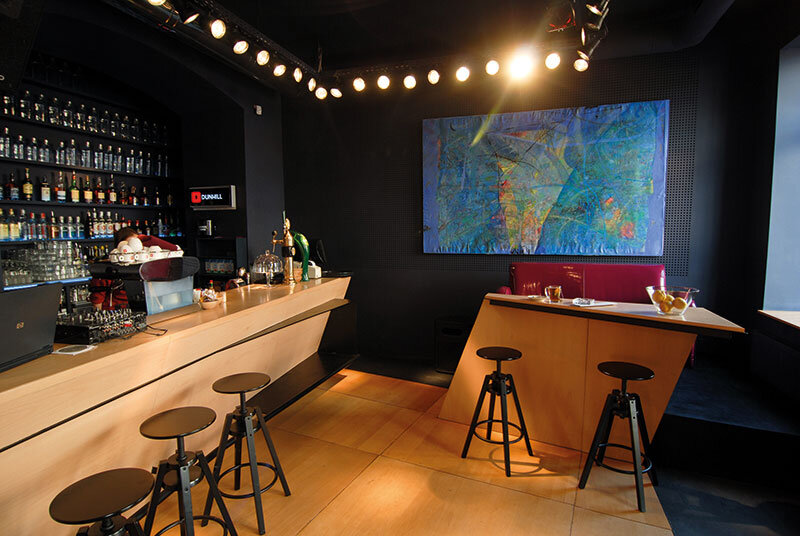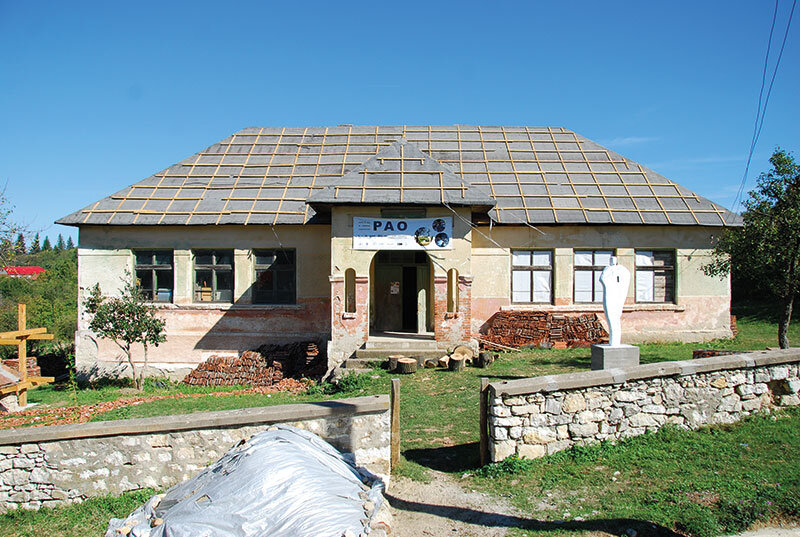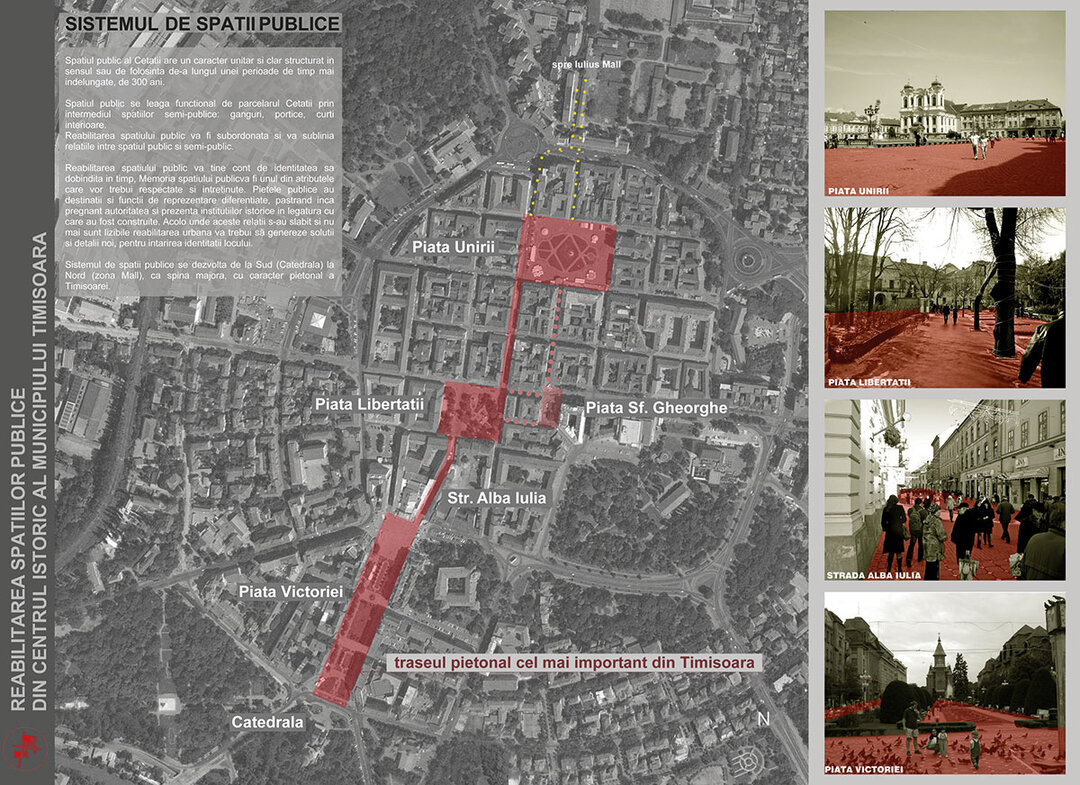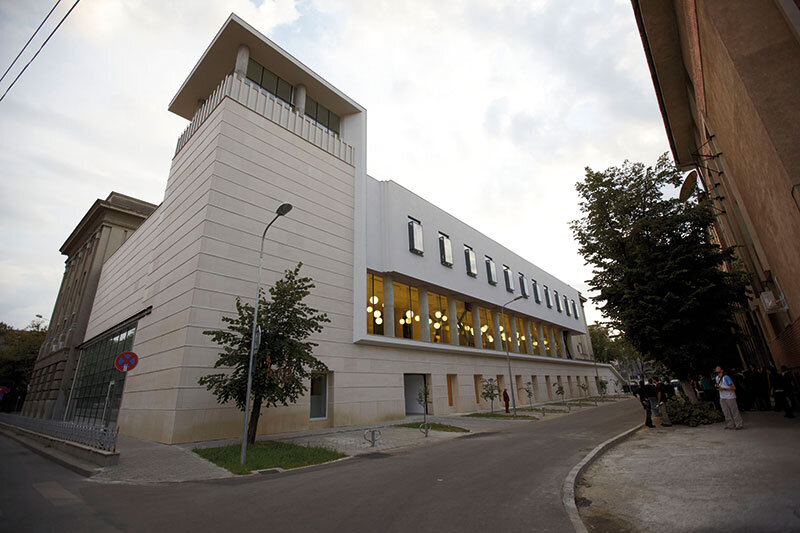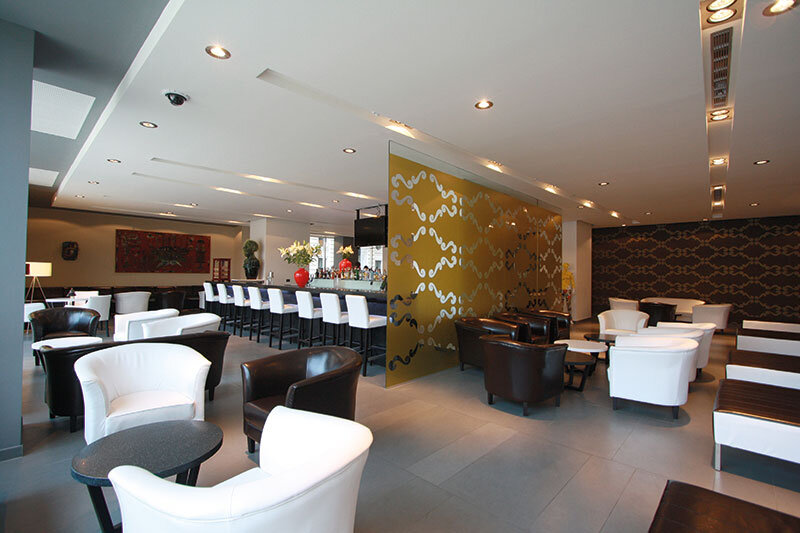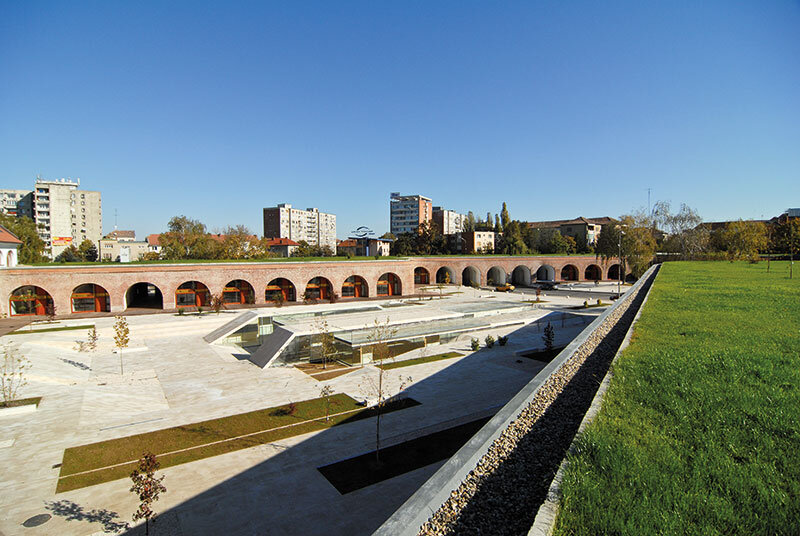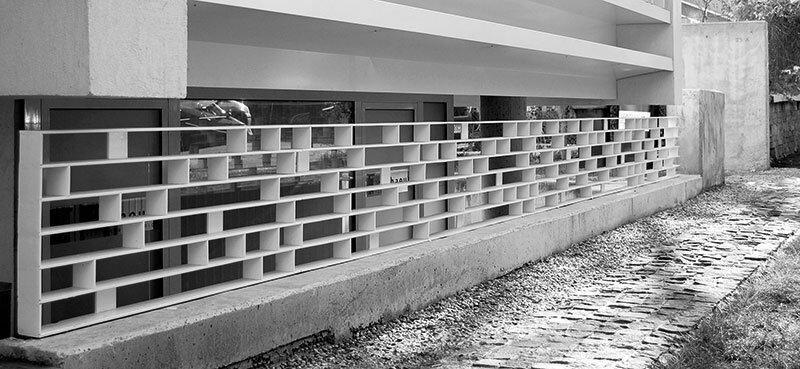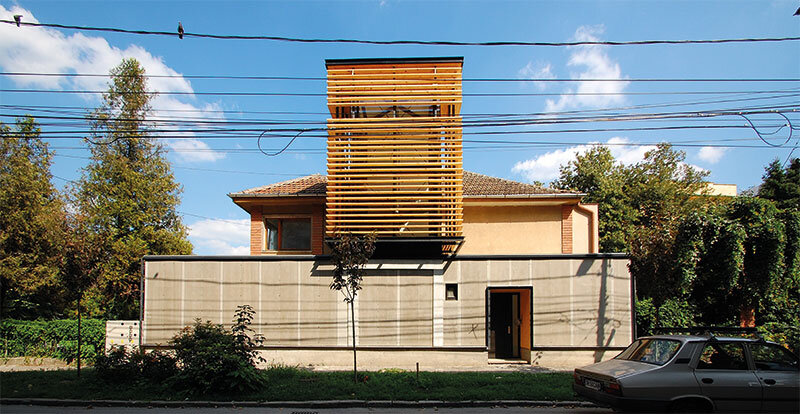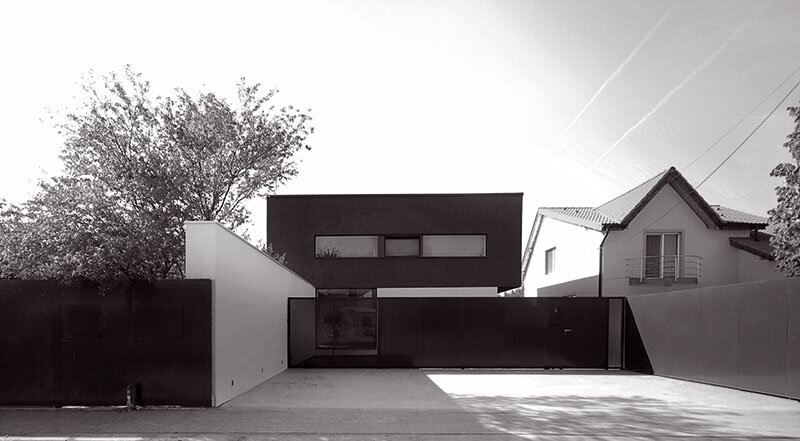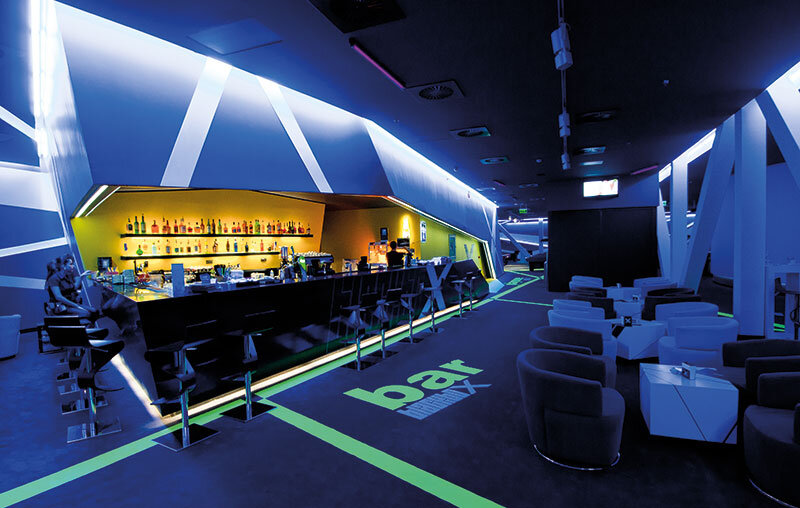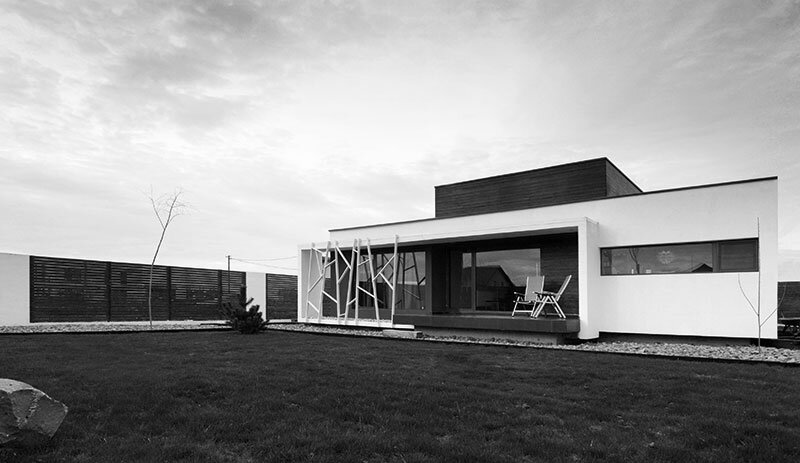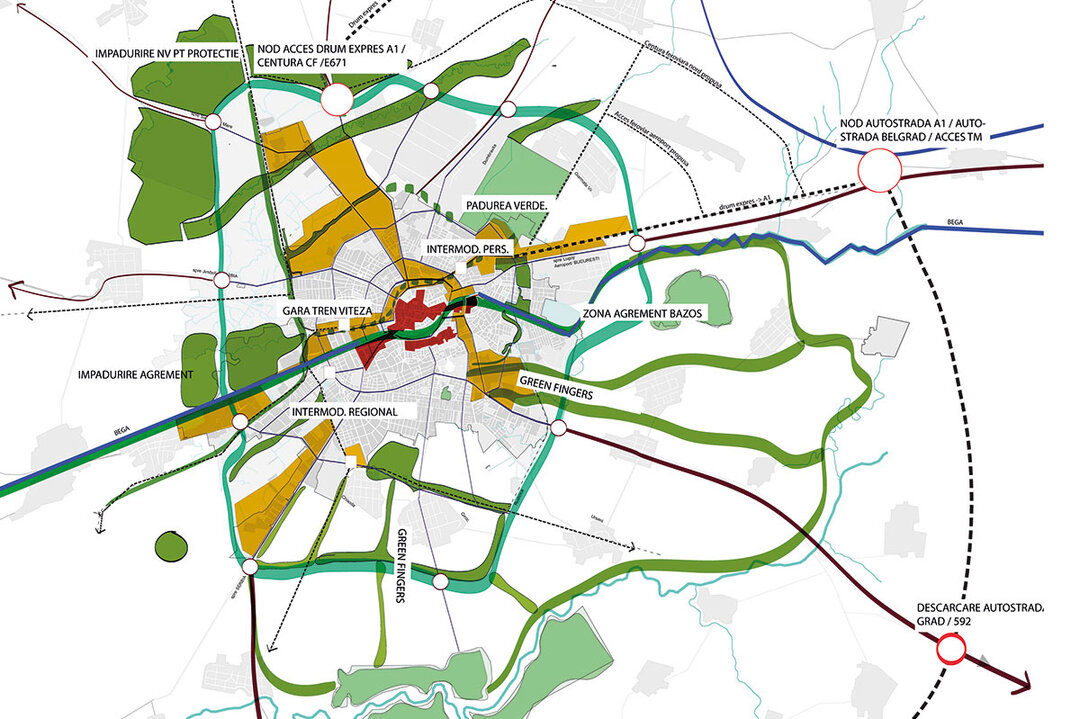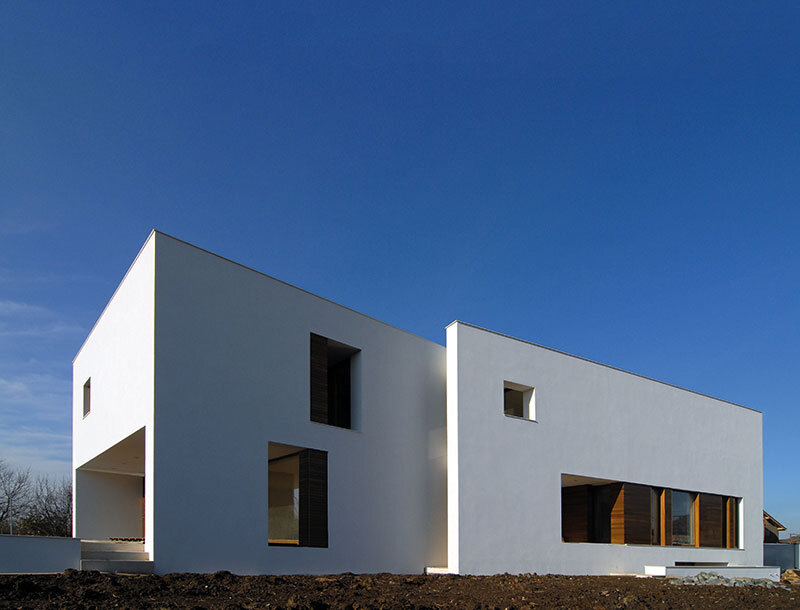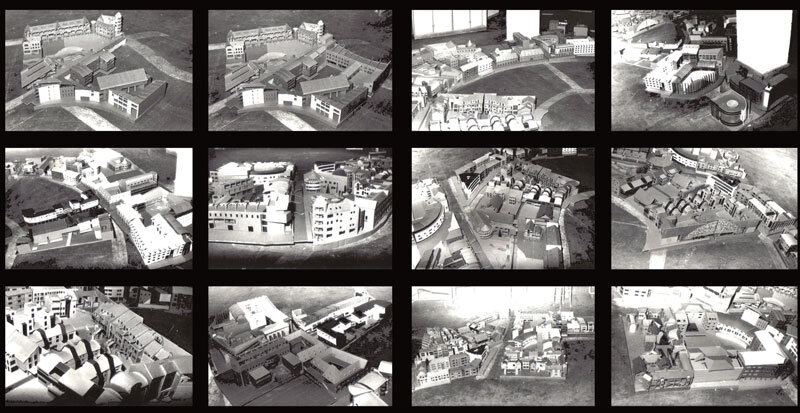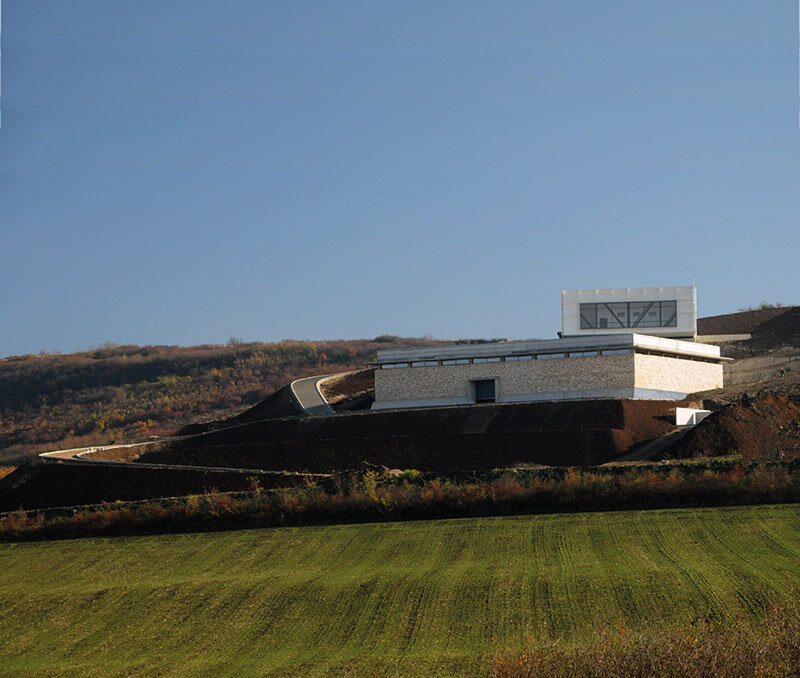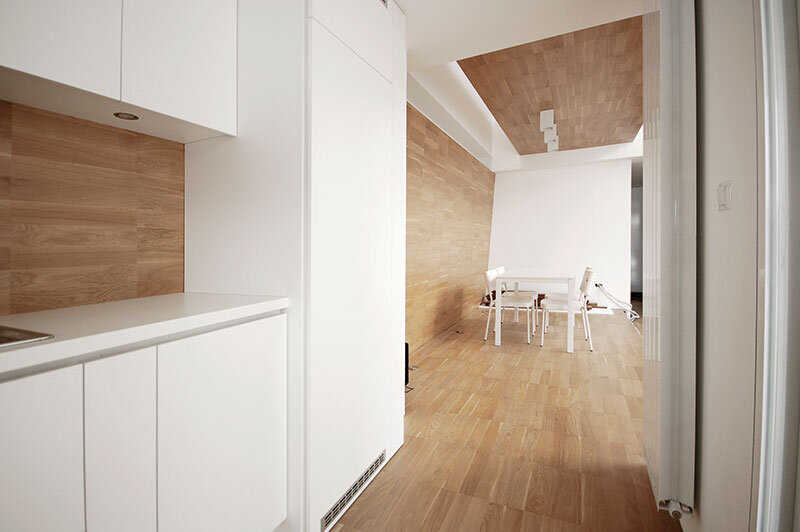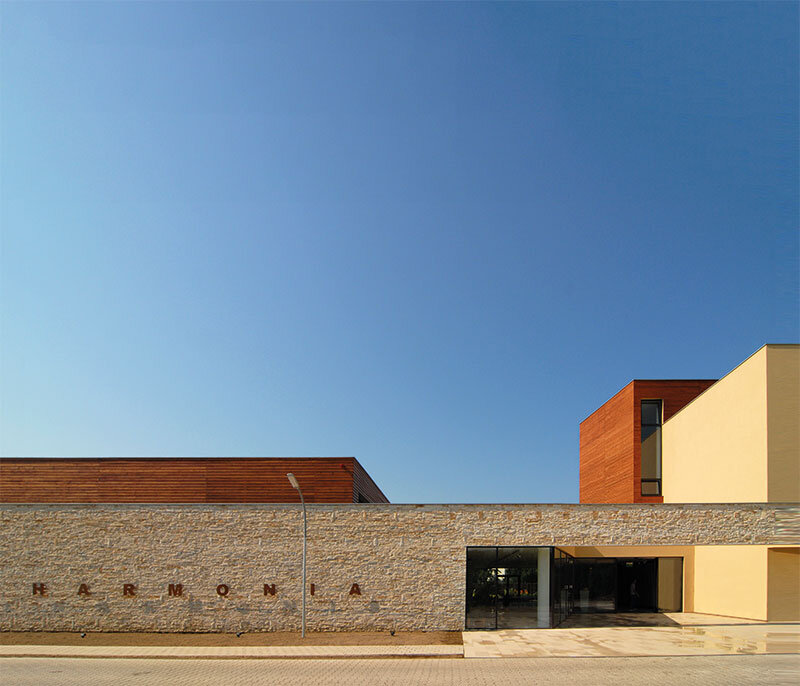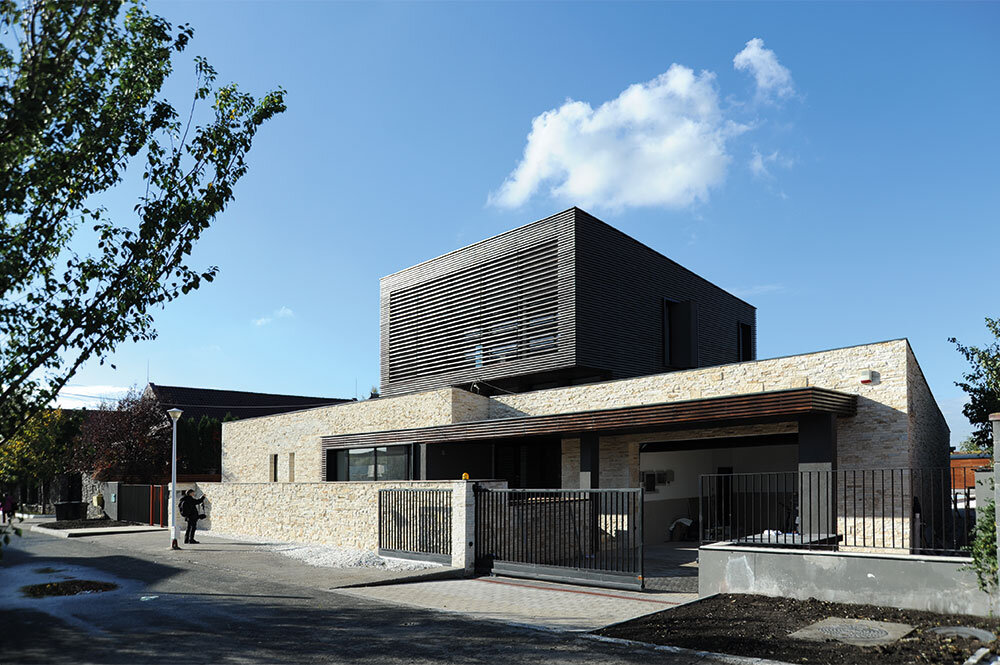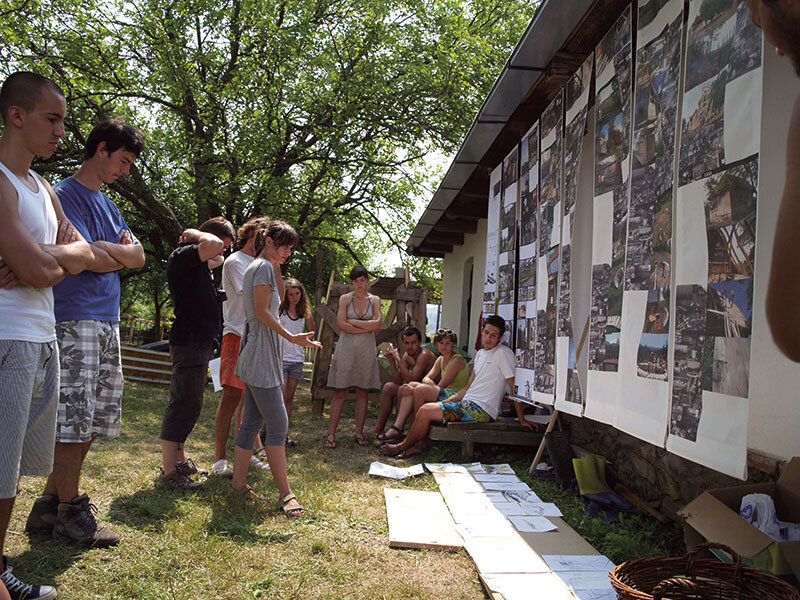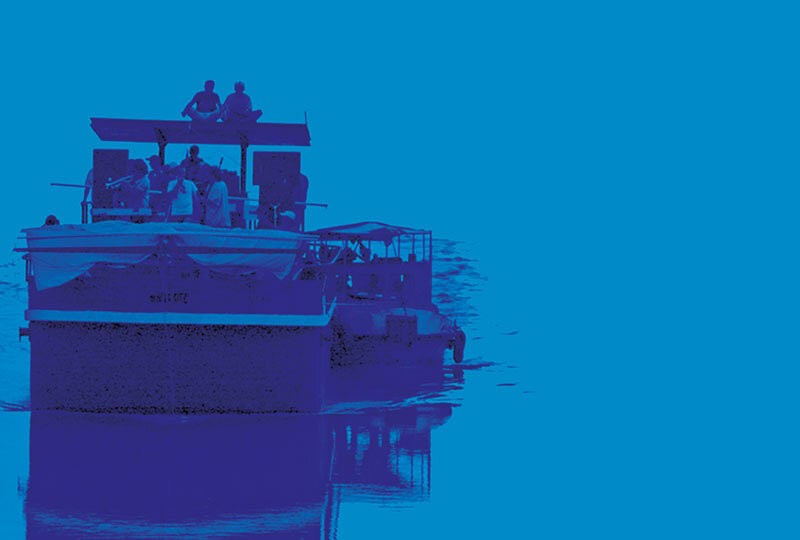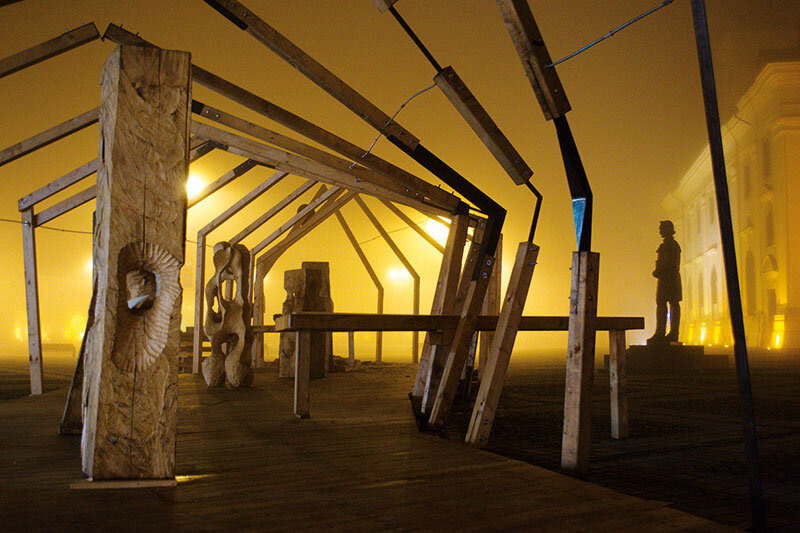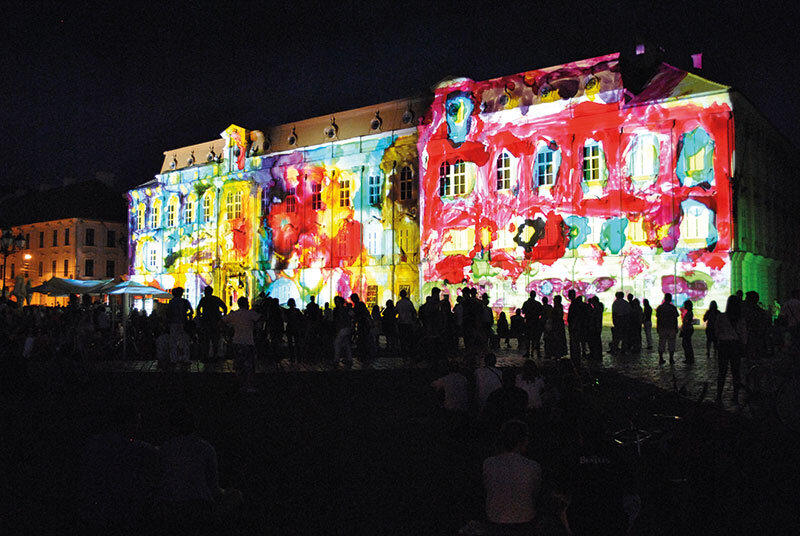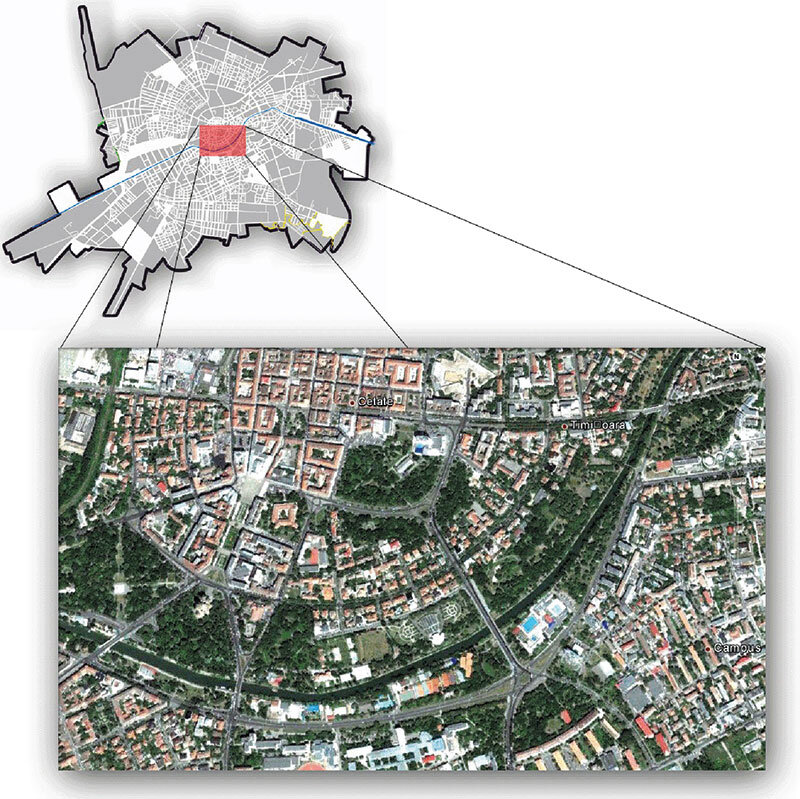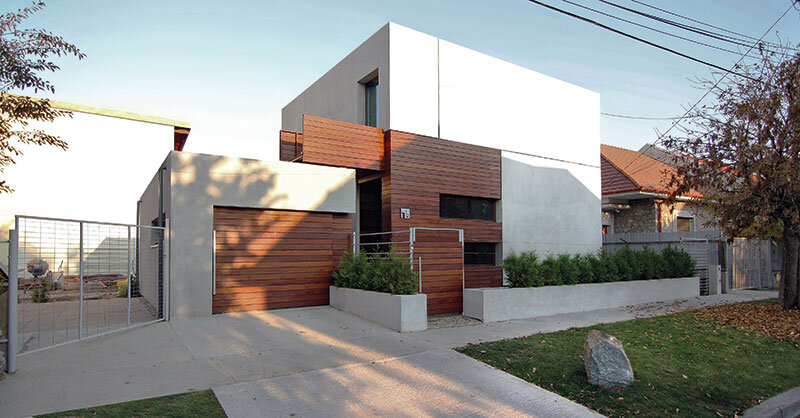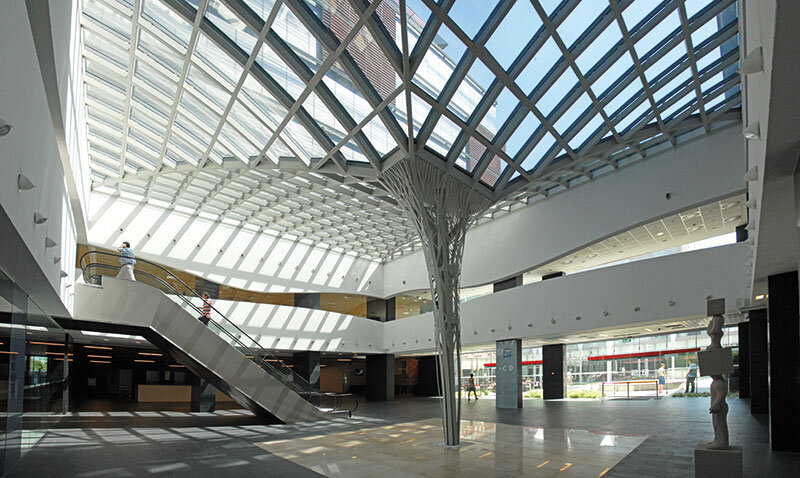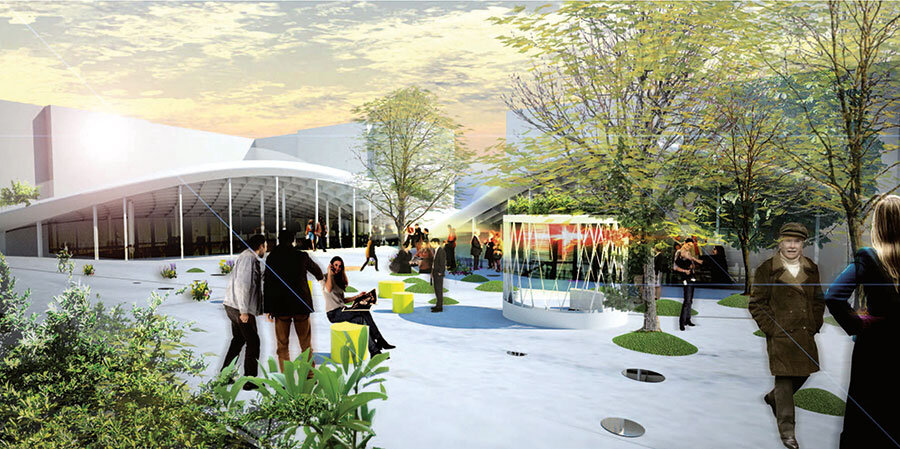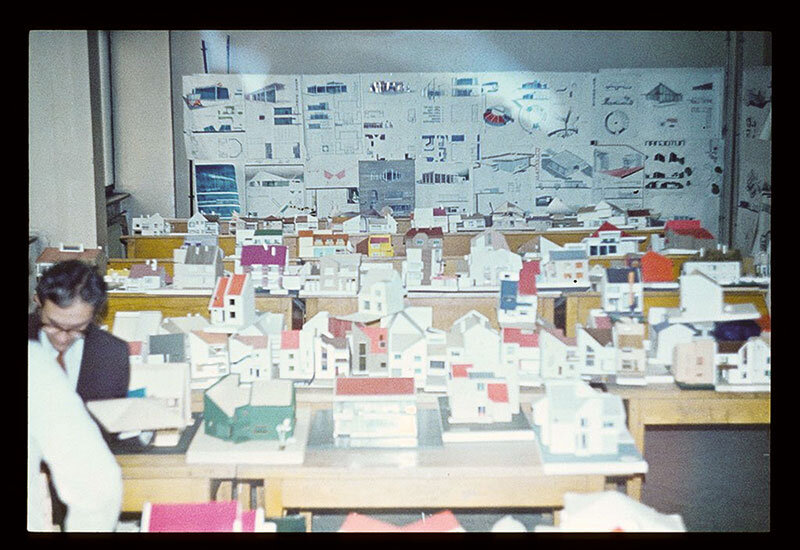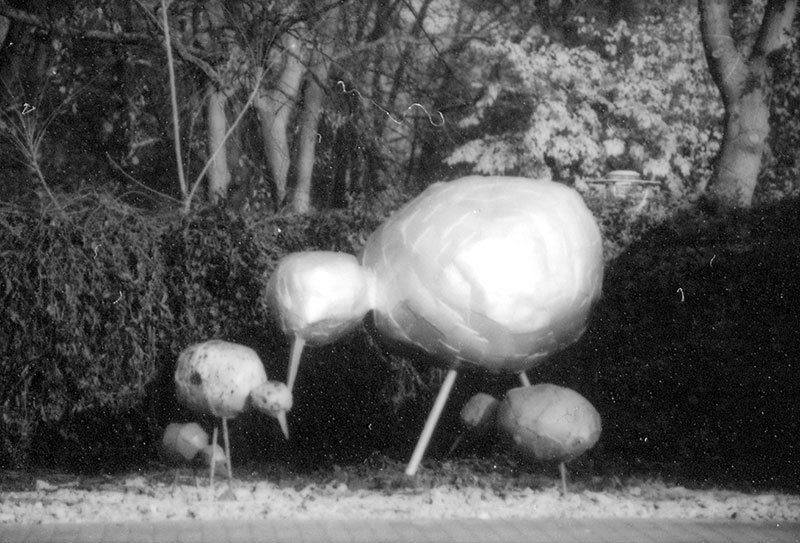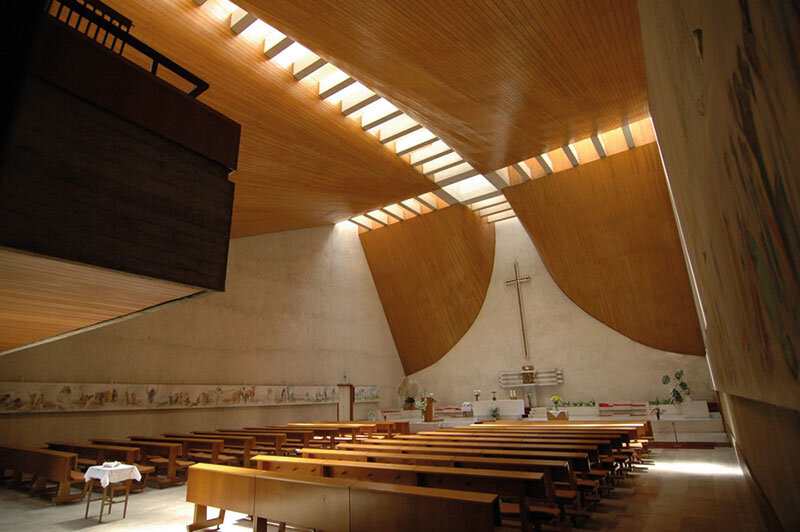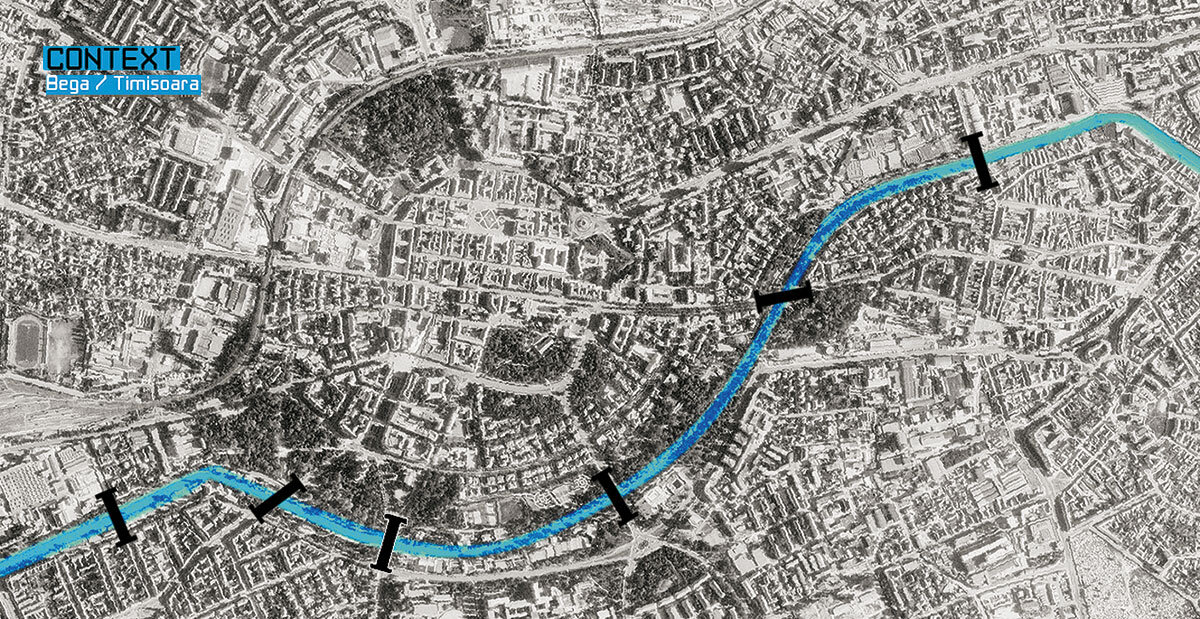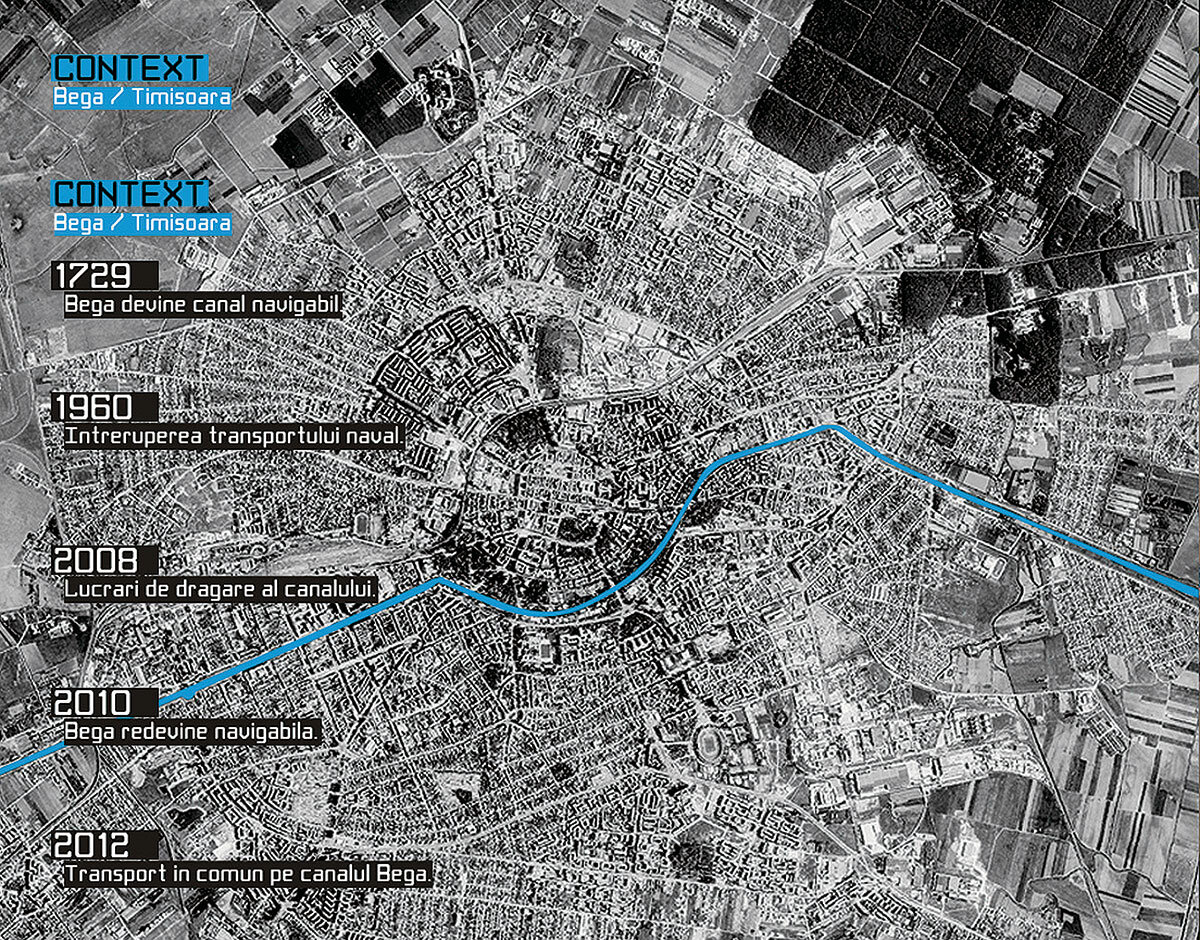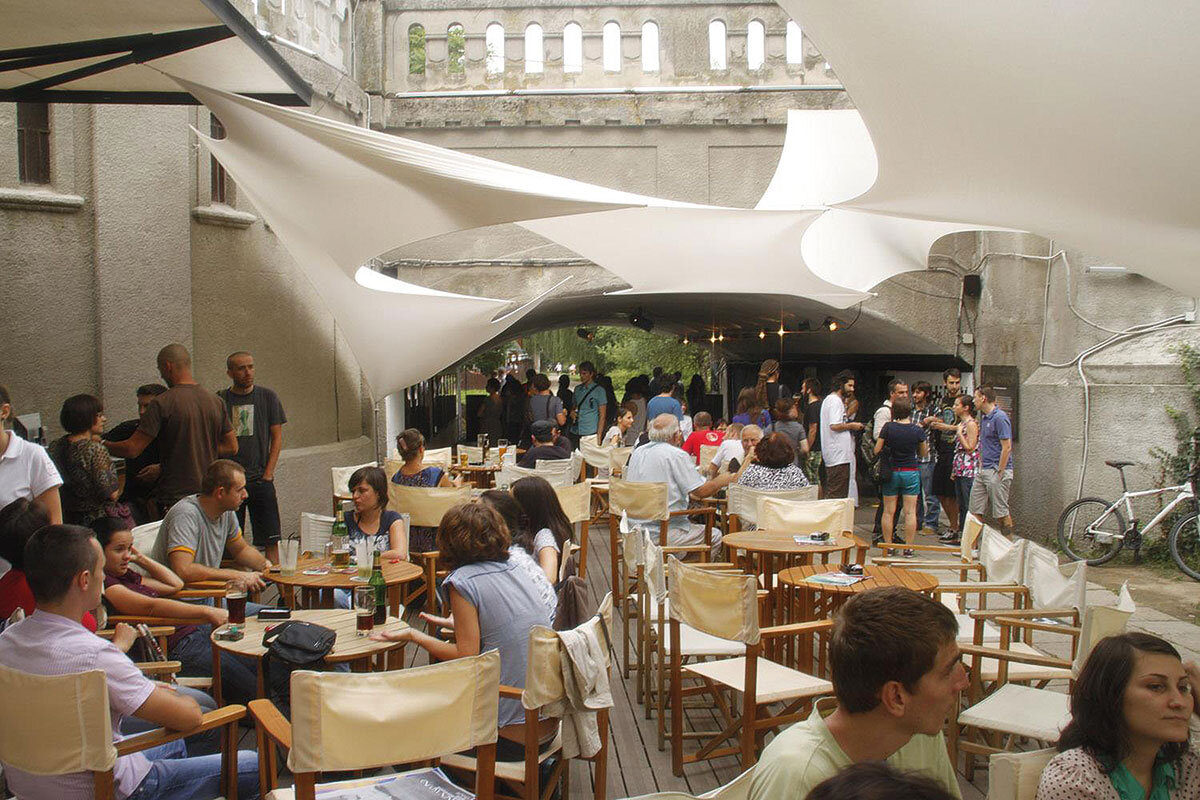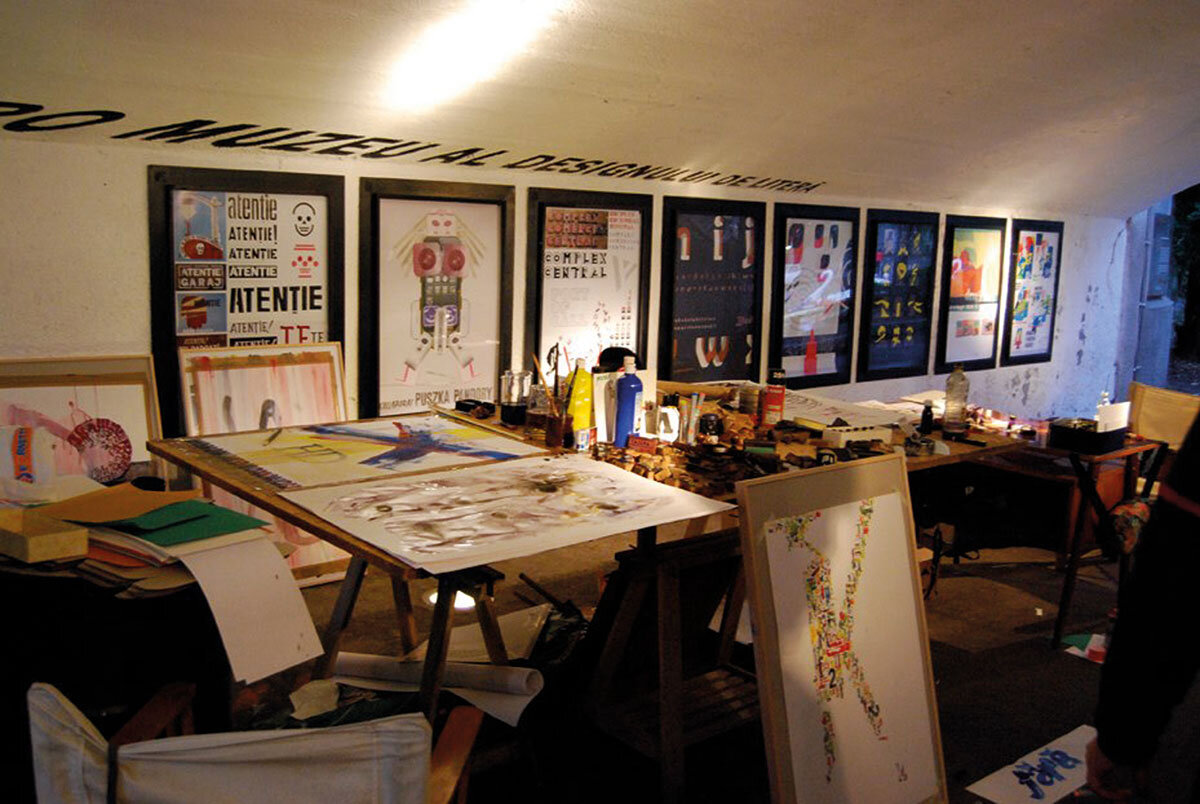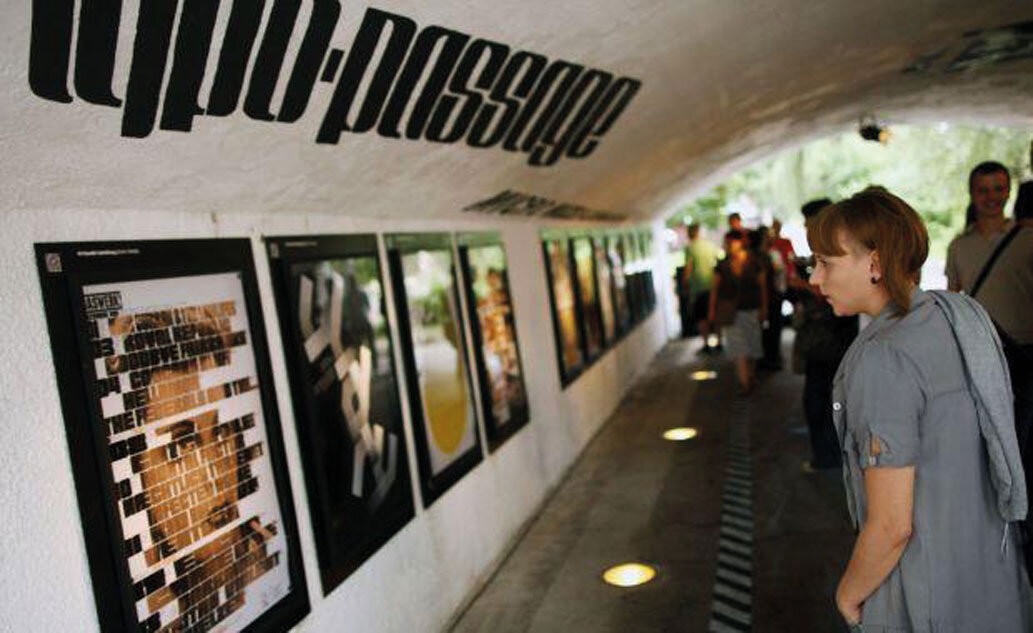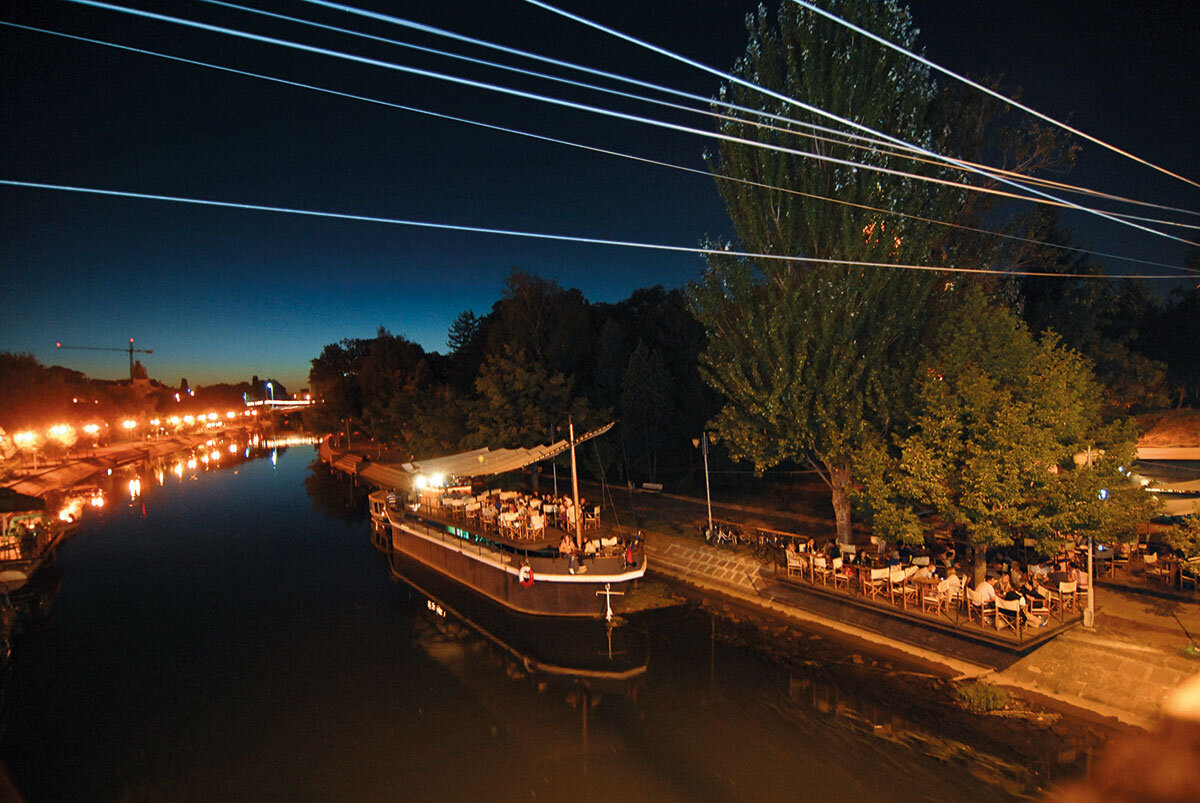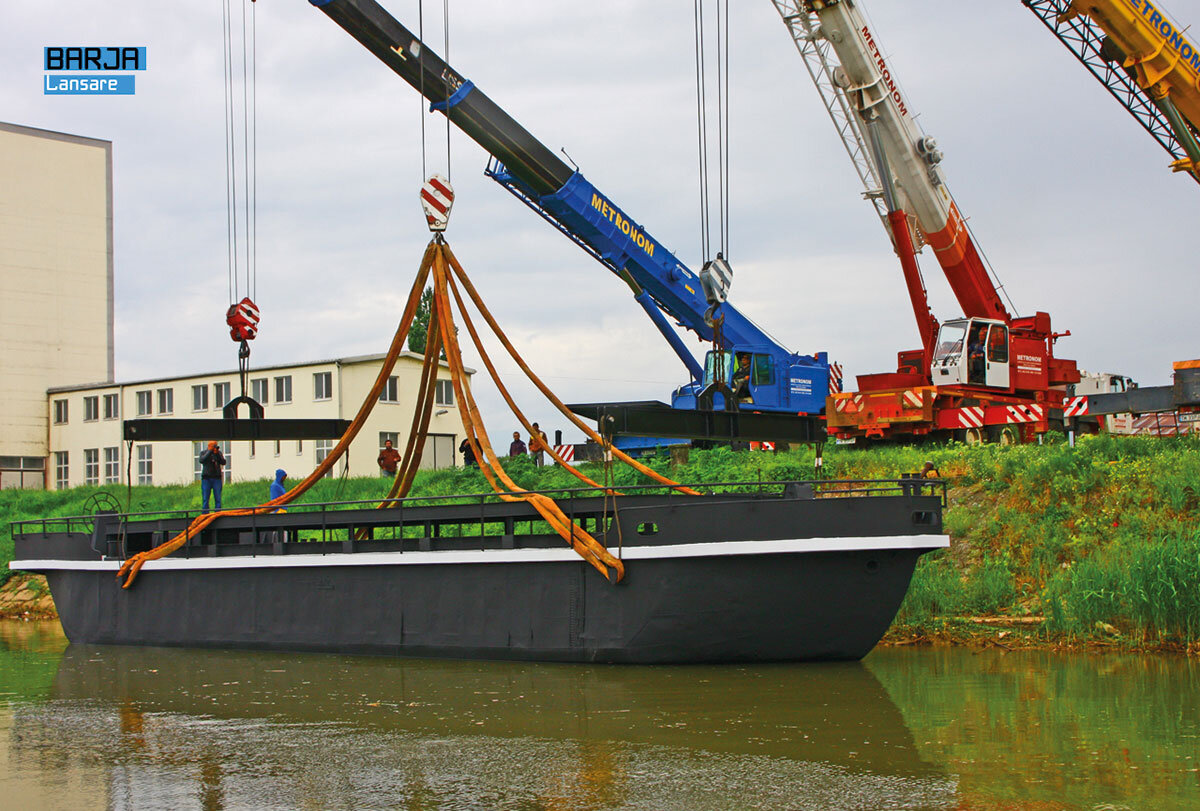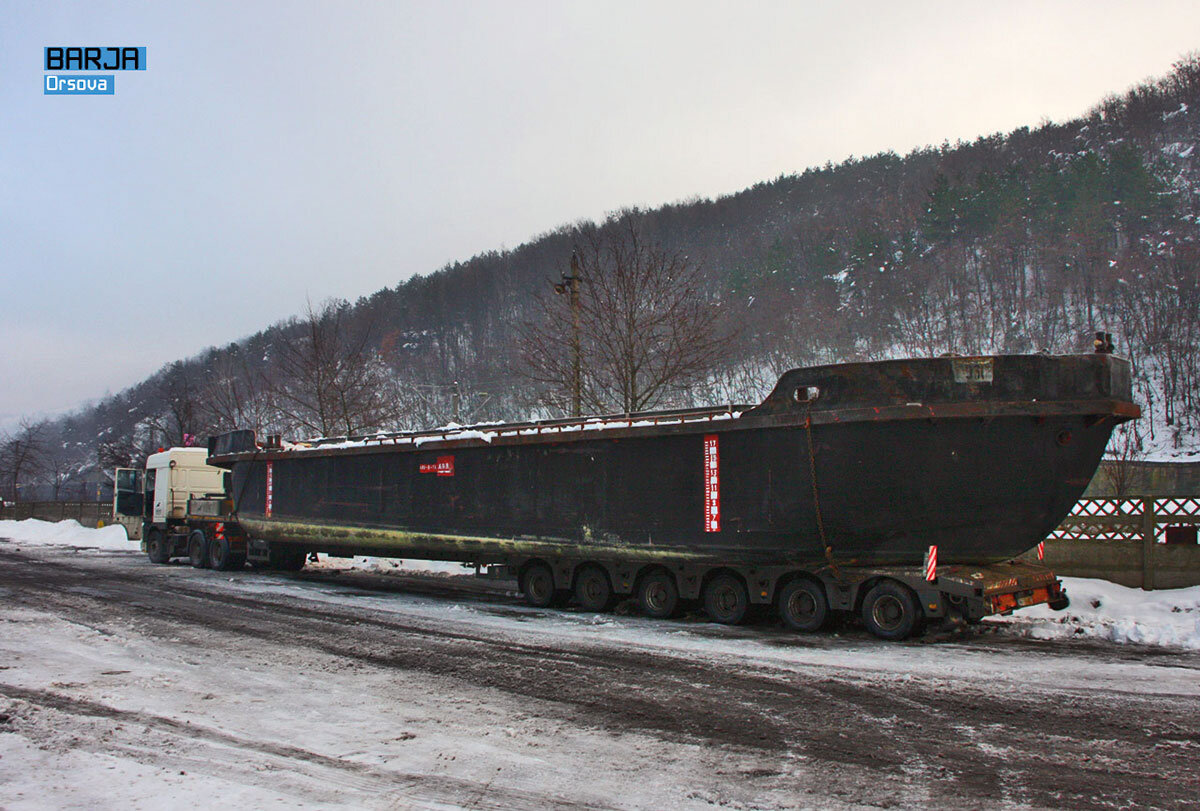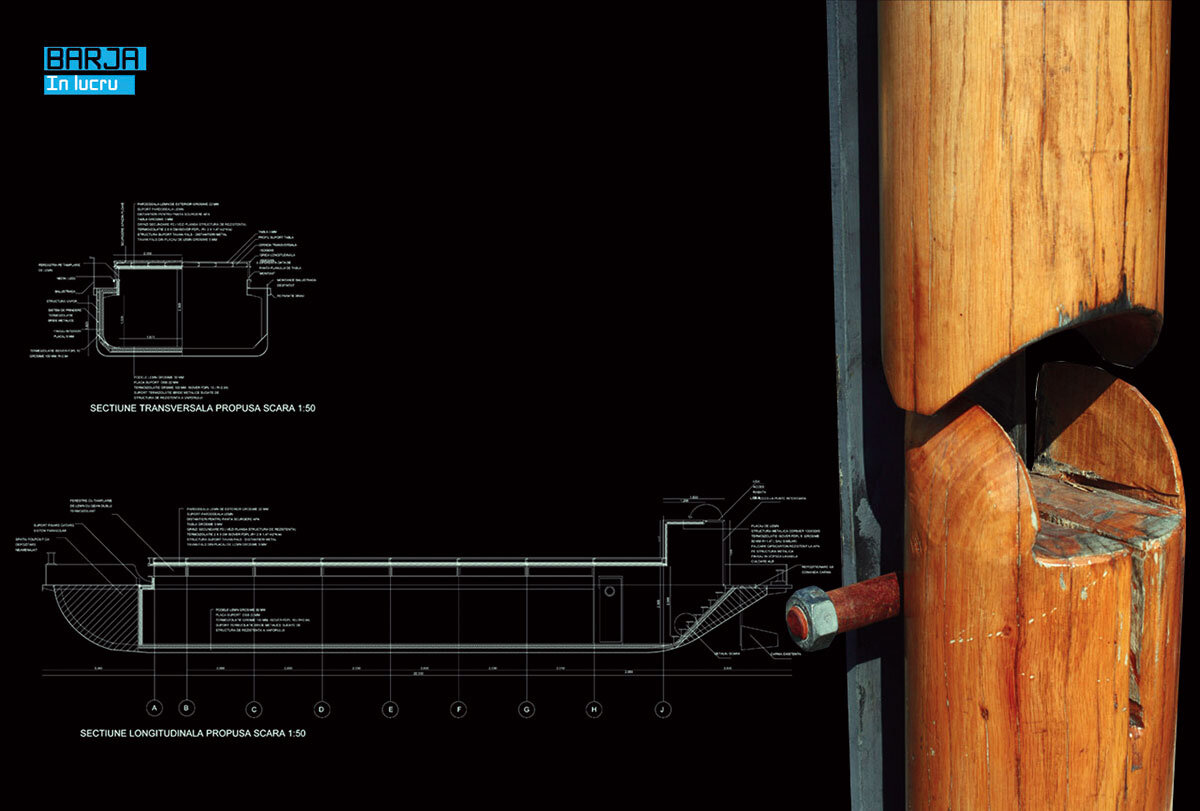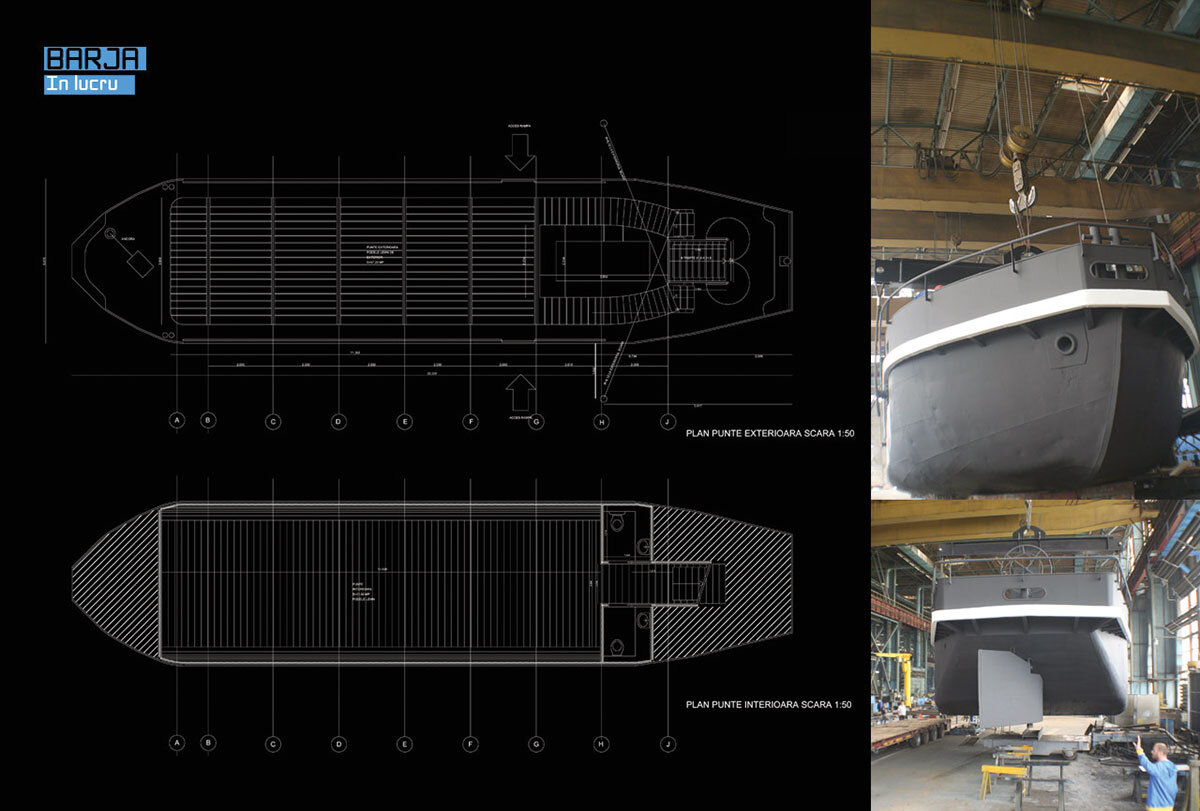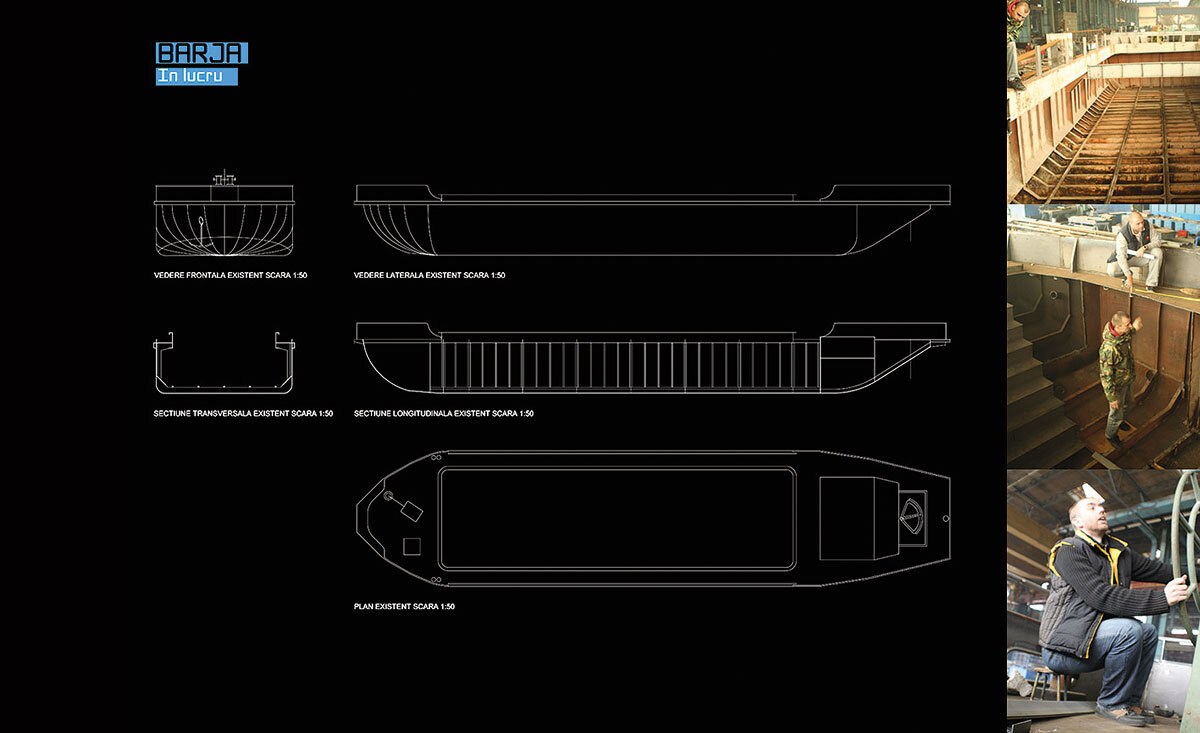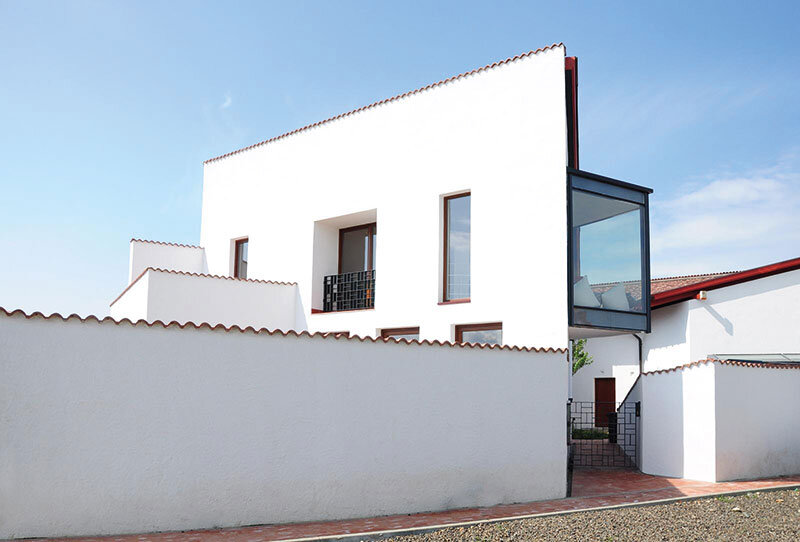
Barja - Architecture of a public space along the Bega Canal


The Bega River became navigable in 1729, becoming an important naval route of the Austro-Hungarian Empire, with usefulness until the late 1960s, when, for economic reasons, the movement of goods and people was permanently interrupted. The Bega was to become an aging canal through clogging and degradation of unused locks. For half a century, the city forgot about its backbone and let the canal become a periphery, except for the central area connected to the historic public parks. Along the Bega Canal, important places in the city's collective memory have sprung up, from the Flora Club, where the Phoenix gathered the rebels of the time, to the Terasa Bănățeană of the 80s and the Jazz Club of the 90s. The last decade has forgotten the Bega and the charm of the spring promenade under the acacia and wild cherry trees, becoming largely a residual part of the city. In 2010, the dredging of the clogged canal is completed, thus beginning a sanitization of the banks along the historic districts.
The story of this project begins with the occupation by a private investor of a public space in an advanced state of degradation, located at the foot of the Tinereții bridge in the park of the Metropolitan Cathedral in Timișoara. The intervention, in the first phase, is simply to sanitize the site and put it to use for the opening of a seasonal café with a terrace overlooking the Bega Canal, followed in 2009 by the placement of a cantilevered platform over the concrete embankment of the canal. In 2010, with the completion of the dredging works, the search begins for a craft that seemed a natural addition to the reinvention of a LOC.
Read the full text in issue 1/2013 of Arhitectura magazine - Special Issue Timisoara

